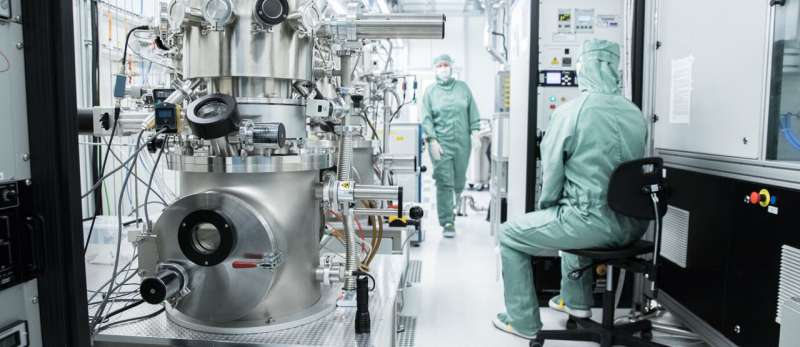When electrons are confined into very small spaces,
they can exhibit unusual electrical, optical and magnetic behavior.
From confining electrons in two-dimensional atomic sheet graphene—a
feat that won the Nobel Prize in physics in 2010—to restricting
electrons even further to achieve one-dimensionality, this broad
line of research is transforming the landscape of fundamental
research and technological advances in physics, chemistry, energy
harvesting, information and beyond.



